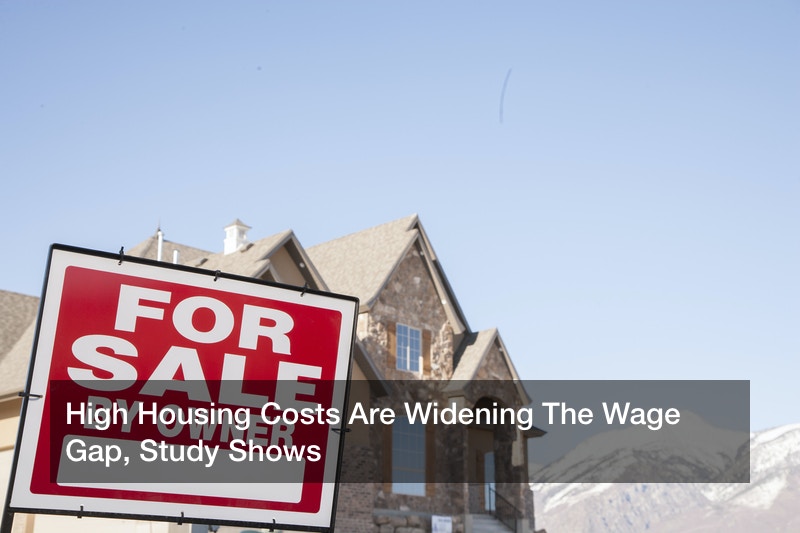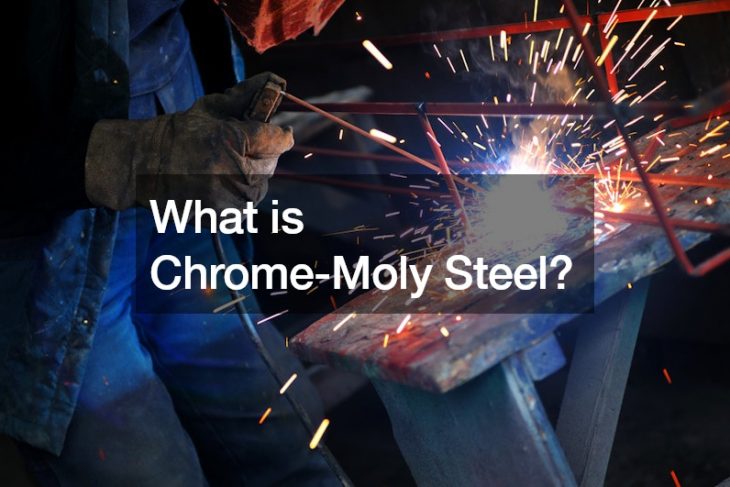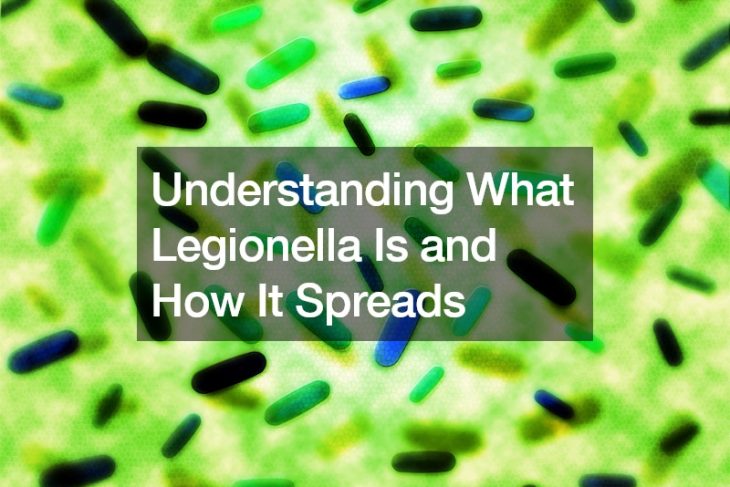

High housing costs are worsening the gap between the rich and poor, new data shows. According to a new report from Apartment List, the cost of living has risen so high in the last year that the lowest earners are now spending a higher percentage of their income on rent than the top earners.
Researchers analyzed data from the country’s 100 largest metro areas. In each city, the median homeowner income was higher than the median renter income. This is because monthly housing costs for homeowners have fallen over the past decade while rents have steadily risen.
Renters at all income levels today are spending a greater amount of their income on rent than they did in 1980. In comparison, homeowners are paying a smaller fraction of their monthly paychecks for housing than they did 40 years ago. And considering selling a house typically takes 6 to 12 months, homeowners waiting for a return on their investments may be struggling, as well.
Housing costs are also growing more quickly for those in the bottom half of the income distribution in each one of the top 100 metros than for those in the upper half. The average sales price for condos in existing buildings in Manhattan was $1.9 million in the third quarter of 2017. Meanwhile the average home cost is now $200,000.
Income inequality has increased in nearly all metro areas including 45 out of the top 50 cities. The bottom 10% of the income distribution in each city saw their housing costs rise the highest. The top 25% of the income distribution saw their housing costs decline.
Philadelphia has the highest income disparity between its lowest and highest earners. New Orleans has seen the greatest inequality growth in the last 10 years.
However, researchers found that Income inequality is larger than housing cost inequality. Those in the lowest quartile make 27% as much as those in the median quartile, but they need 79% of what the median quartile does to pay for rent each month.
The average income of renters has grown more quickly than the average homeowner’s due to an influx of high-income renters. The average renter’s household earns 23% more than the average renter did 10 years ago. However, in the same amount of time, the average amount of rent paid has also increased by 23%.
The average homeowner is also paying less than they did a decade ago despite skyrocketing housing prices, utilities, and additional costs such as maintenance repairs or pest control. Approximately 24% of a household’s water is used just by the toilet and residential pest control services make up 68% of the industry.
Lower mortgage rates and refinancing capabilities overpower the initial price of the house and these additional costs, researchers say. The overall effect is that homeowners are paying less out of pocket every month. Rising incomes and reduced costs mean lower cost burdens for homeowners.
But renters’ incomes have grown along with their rent. Researchers found that the average homeowner’s income is higher than the average renter’s income in every one of the largest 100 metros in the United States. In 55 out of the 100 cities, the average homeowner income was more than double that of the average renter’s.
“Differential trends in housing costs for renters and owners are exacerbating renter-homeowner inequality,” researchers wrote.
During a state of the city address, Los Angeles Mayor Eric Garcetti linked the local homeless crisis directly to the struggles of renters and the skyrocketing apartment costs over the last few years. According to the Apartment List report, the inequality growth rate in Los Angeles is currently 10.4%.
“Too many parents in this city are moving their families into cars because they’re living paycheck to paycheck and can’t keep up with the rent,” said Garcetti.
Chicago has over 3 million households and an inequality growth of 8.2%. That puts Chicago as #12 on the top 50 cities in the U.S. with the highest incomes inequalities.














